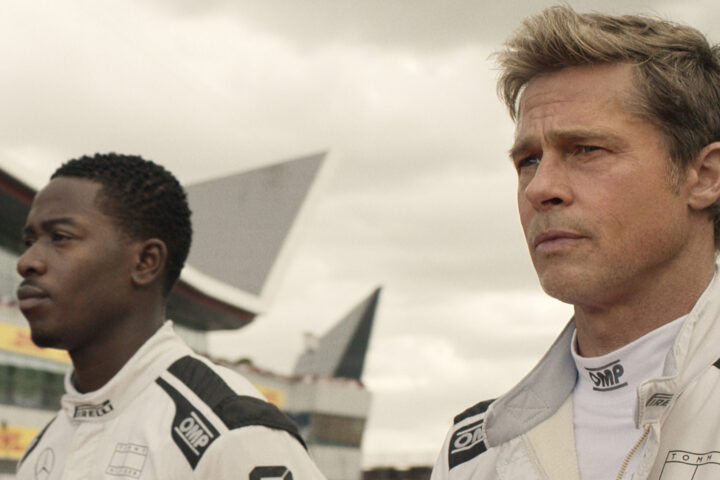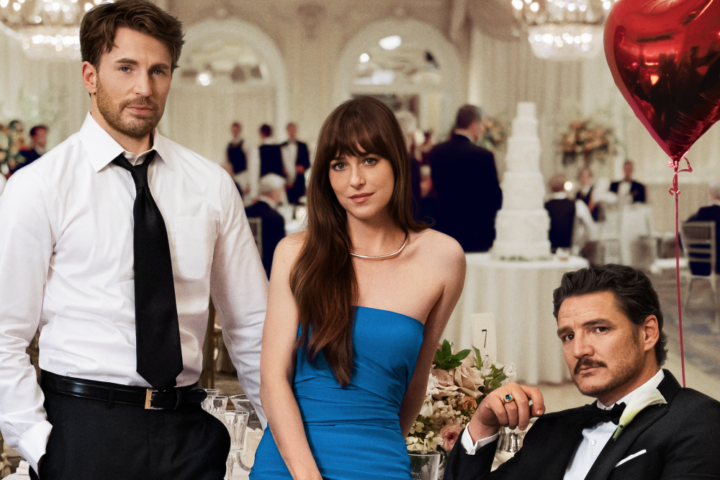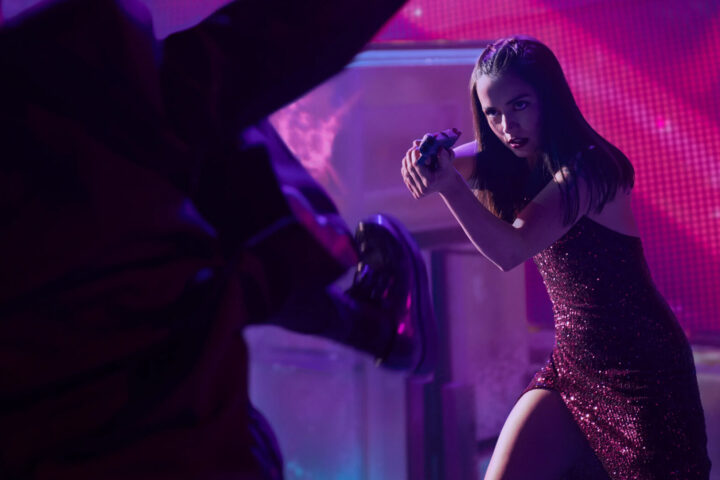The main reason to see Maleficent, the new revisionist take on Sleeping Beauty featuring heavy doses of girl power and even more CGI, is its most special effect, a silky smooth performance by Angelina Jolie as the titular, anti-heroic villainess in spite of herself. Heretofore known for vanity and wickedness, Jolie’s fallen angel of sorts seeks to redefine the Disney classic, placing the evil directly on—wouldn’t you know it—a man, and the capacity for love buried in Maleficent’s dark heart. What we have here is a modern reboot of a beloved story formerly about a princess rescued by a prince, but given the success of Brave and Frozen, something just tells you that’s not how it’s going down here.
Nothing if not visually accomplished, first-time director (and former effects maestro) Robert Stromberg’s picture was written by John Lee Hancock and Disney scribe Linda Woolverton (Mulan, Beauty and the Beast, The Lion King, Alice in Wonderland) and they impose a narrated, fairy tale framing device informing us that we’re about to see an old story told from a fresh point of view. I guess that’s required these days.
Maleficent’s first section introduces us to a pair of far off, neighboring lands, the magical moors—a world of fairies and creatures and whimsy and heart—and the nearby, medieval kingdom of humans. In her youth, Maleficent bonds with a wayward human boy named Stefan, and it’s not long before love begins to bloom, but his desire for the king’s throne clashes with her desire to preside over the forest, and they grow apart.
Thirsty for power, adult Stefan (Sharlto Copley, again devouring the scenery and sets, scaling the tops he loves to go over), now a viciously cruel soldier and heir apparent to the kingdom, returns to the moors, reunites with and seduces the fine fairy, clipping her wings with his secret weapon and her kryptonite, a chain made of iron, the only substance able to destroy her. Shorn of her identity, it’s a scene that gives Jolie an opportunity to plunge into the pathos that won her Emmys, Globes and Oscars, and one of the best acted in the film.
It’s here that Maleficent begins nursing a heart of darkness, creating a barrier of thorns around the moors to protect its many residents and essentially banishing herself to the forest, a high-cheekboned phantom turned avenging angel.
And avenge Stefan’s transgression she certainly does, placing a curse on his firstborn infant child, Aurora—that element remains constant in this version—who on her sixteenth birthday will prick her finger and fall comatose until rescued by “true love’s kiss,” a bargain that doesn’t seem likely given a lack of acceptable suitors in the hamlet.
Nonetheless, a worried Stefan entrusts young Aurora (played as a teen by Elle Fanning) to her fairy godmothers, embodied by three terrific actresses (Imelda Staunton, Juno Temple and the great Lesley Manville) who couldn’t be more obnoxiously in your face, even if the 3-D indeed renders them such. And then there’s Maleficent’s right hand man Diaval (a bland Sam Riley from On the Road), who is able to turn into a crow, wolf or dragon at will, all of which come in handy by the final reel.
As a movie, the reason Maleficent exists is to explore the burgeoning relationship between the dark forest queen and the young lass, and Maleficent is surprised when she begrudgingly begins to care for the girl, who comes to know the mystery woman as her maternal role model. But of course, Maleficent has a deep, dark secret.
Jolie is the film’s ace in the hole, a purring, stylish vision in shiny black leather horns and capes and severe cheekbones (courtesy of Rick Baker) delivering an at once vampy (but not campy) yet emotionally true character, and she does so in the old Hollywood tradition of eyes, make-up, lighting, glamor and superb use of her voice, reminding us of the lost art of dialogue delivery and entendre in today’s pictures.
As the story moves toward its final act, Maleficent surprises herself with feelings that trigger a personal rebirth as an unlikely maternal caregiver who, in a pinch, can employ a fire-breathing dragon if you happened to be kidnapped and locked away in a castle by your snarling thug of a father.
To my taste, the jury is still out on the over-lauded Elle Fanning, perfectly acceptable in Super 8 and the period indie Ginger and Rosa, but not worthy of the vaulted adulation accompanying her every performance. She’s cute, not gorgeous, and she knows how to smile and be vulnerable.
Besides the pleasures of Jolie, Maleficent has too much CGI to my eye and most of it, while sometimes inventive, has been done before (think talking trees) and is, frankly, boring. Ditto the Lord of the Rings-esque bloodsport warfare, not necessary or tonally in sync with the rest of the picture.
Ultimately, Maleficent would have worked better scaled down and more focused on its characters, its computer-generated creatures wearing thin by its climax, an unwieldy mix of dragon, destruction and some visceral violence.
But Jolie reigns supreme as the forest queen.
2 1/2 stars.



